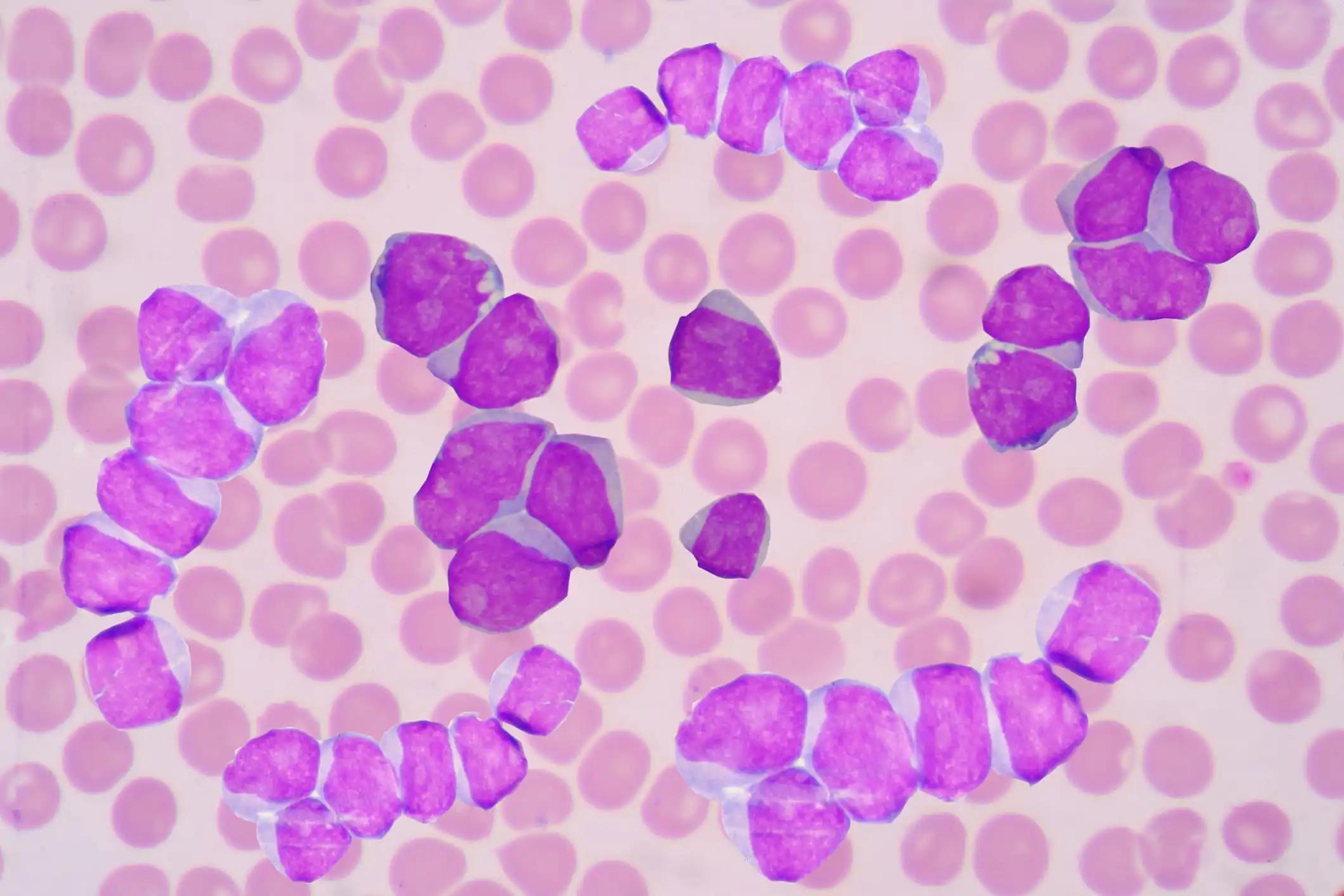KEY TAKEAWAYS
- The study aimed to investigate the B cell dynamics in AML, assessing their interplay with ICB for enhanced antitumor strategies in AML patients.
- Researchers noticed a promising framework for profiling B cell diversity in AML, with implications for immunotherapy, providing a valuable guide for future AML treatments.
Acute myeloid leukemia (AML) presents a challenging prognosis, prompting exploration of alternative treatment strategies. Immune checkpoint blockade (ICB) has shown variable efficacy in AML, emphasizing the need for a deeper understanding of the immunological landscape.
Shengnan Guo and his team aimed to access the recognized importance of B cells in antitumor immunity, a comprehensive evaluation of B lymphocytes in the AML microenvironment, and their interplay with ICB that remained limited.
Researchers conducted an extensive analysis involving paired single-cell RNA and B-cell receptor (BCR) sequencing on 52 bone marrow aspirate samples. The cohort comprised 6 samples from healthy bone marrow donors (normal), 24 from newly diagnosed AML patients (NewlyDx), and 22 from 8 relapsed or refractory AML patients (RelRef). Notably, assessments were carried out both before and after azacitidine/nivolumab treatment in the RelRef group, providing a comprehensive insight into the impact of the therapeutic intervention on the B cell landscape in AML.
About 9 distinct subtypes of the B cell lineage in bone marrow were delineated through comprehensive analysis. AML patients displayed reduced nascent B cell subgroups but an elevated presence of differentiated B cells compared to healthy controls. BCR profiles in RelRef patients indicated limited diversity alongside extensive somatic hypermutation, suggesting antigen-driven affinity maturation within the tumor microenvironment. A strong correlation was established between the activation or stress status of naïve and memory B cells, characterized by AP-1 activity, and their respective differentiation states.
Remarkably, atypical memory B cells exhibited a specialized role as antigen-presenting cells, closely interacting with AML malignant cells. This interaction correlated with AML stemness and was associated with worse clinical outcomes. In the AML microenvironment, plasma cells demonstrated advanced differentiation and heightened activity. Notably, clinical responses to ICB were linked to B cell clonal expansion and plasma cell function.
The study concluded by establishing a comprehensive framework for profiling the phenotypic diversity of the B cell lineage in AML patients. Additionally, it assessed the implications of immunotherapy, providing a valuable guide for future inquiries into AML treatment strategies.
The study is sponsored by The National Natural Science Foundation of China, Harbin Medical University, and was partially supported by the following grants to HAA: ASCO Young Investigator Award, Physician Scientist Award, and Institutional Start-Up Funds. The Advanced Technology Genomics Core was partly supported by the University of Texas, MD Anderson Cancer Center.
Source: https://pubmed.ncbi.nlm.nih.gov/38418394/
Guo S, Mohan GS, Wang B, et.al (2024). “Paired single-B-cell transcriptomics and receptor sequencing reveal activation states and clonal signatures that characterize B cells in acute myeloid leukemia.” J Immunother Cancer. 2024 Feb 28;12(2):e008318. doi: 10.1136/jitc-2023-008318. PMID: 38418394.



